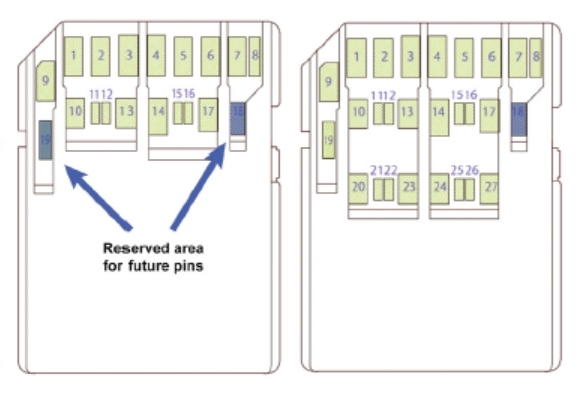The new SD 8.0 specification makes use of PCIe 4.0 and NVMe specifications, which contribute to such speeds. This is compared to the current SD 7.0 specification, which makes use of the PCIe 3.1 interface. On SD cards using the new specification, you’ll see a new row of pins for a second PCIe 4 lane. This is what helps it gets its new transfer speeds.
When cards with the new standard rolls out, it will be available to all capacity ranges, from SDHC to SDXC, all the way to SDUC. But to make use of this new transfer speeds, you’ll need devices that can use the new PCI3 4 lane. So if you’re using a new card on an older device, speeds will be scaled down to the older one. At any rate, this is good news for videographers looking to shoot in 8K or even VR. Photographers will also be able to shoot more RAW photos in faster bursts. That being said, it’s going to take awhile for not only SD cards with the new standard, but also compatible devices, to roll out. (Source: SD Association [PDF], Business Wire)
